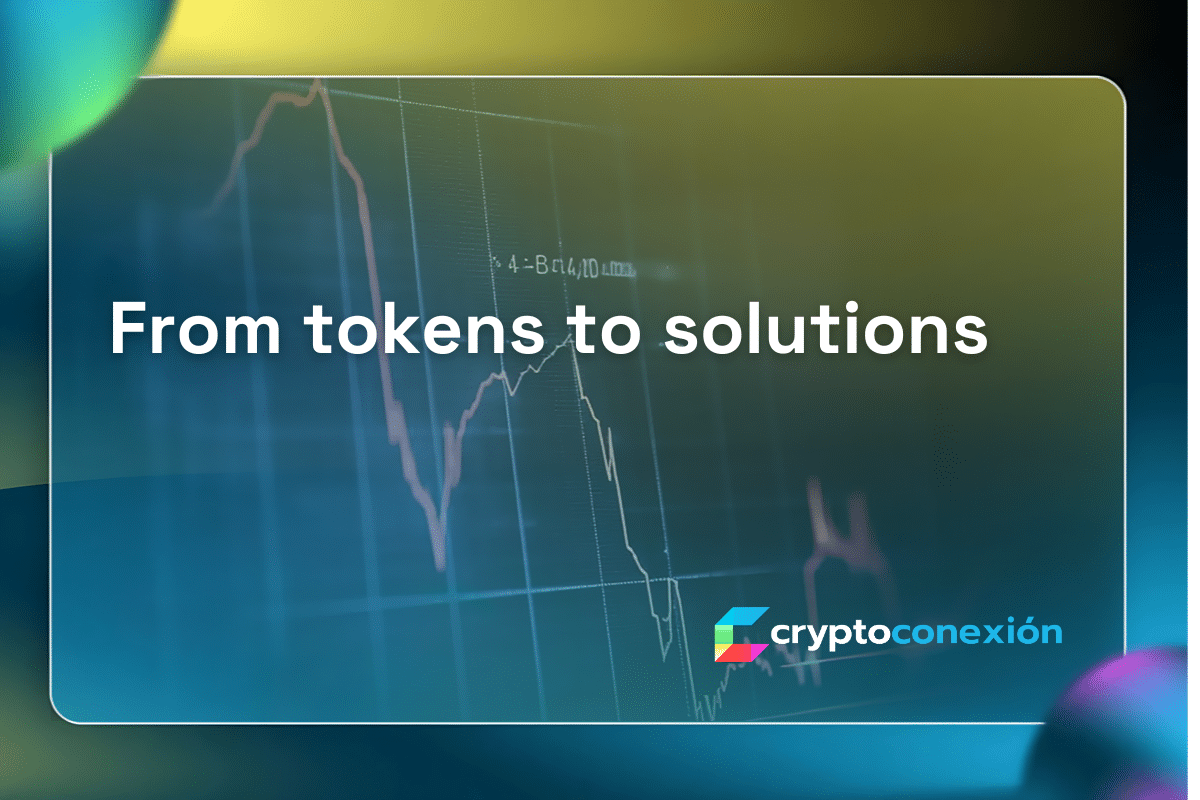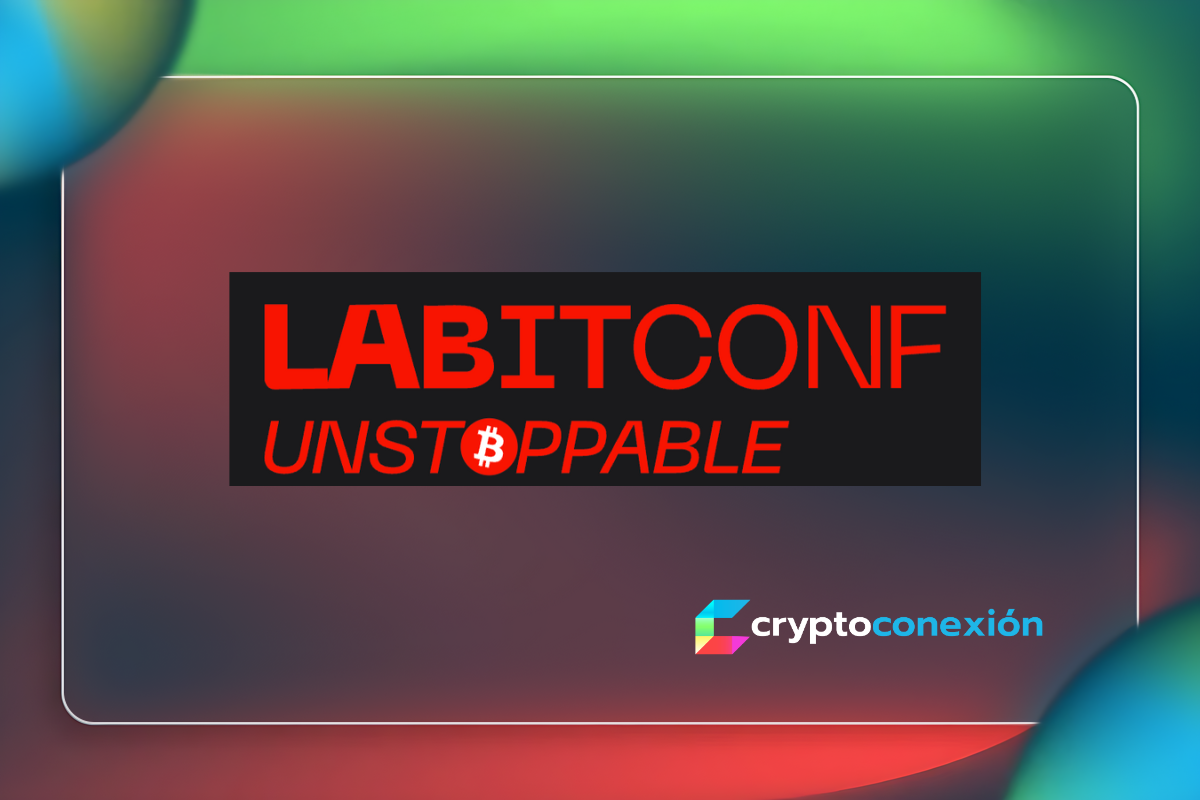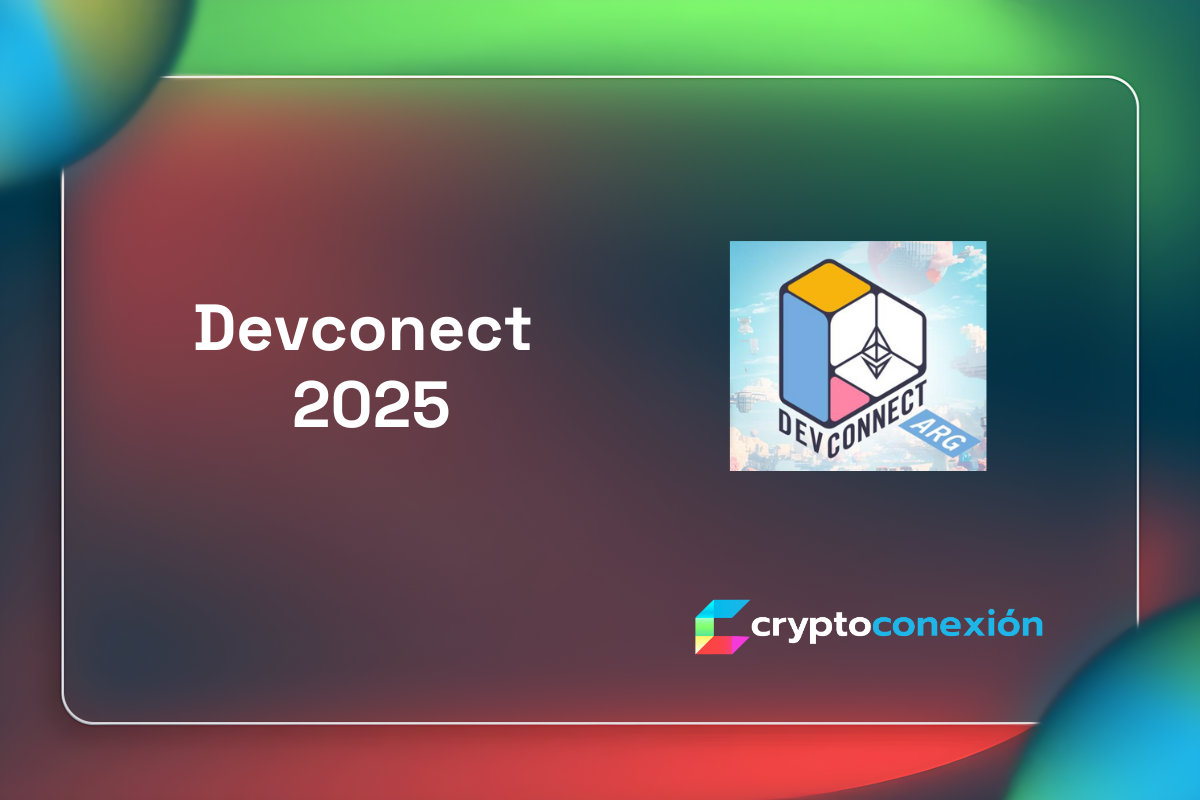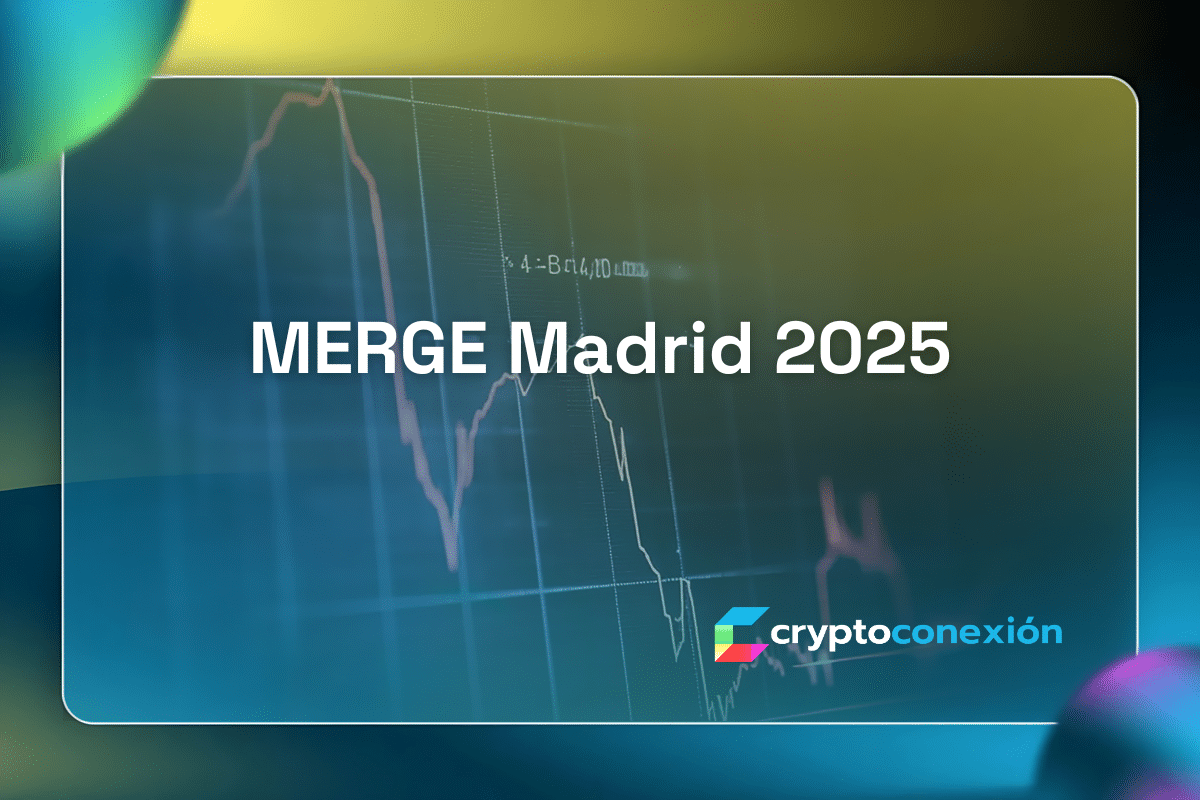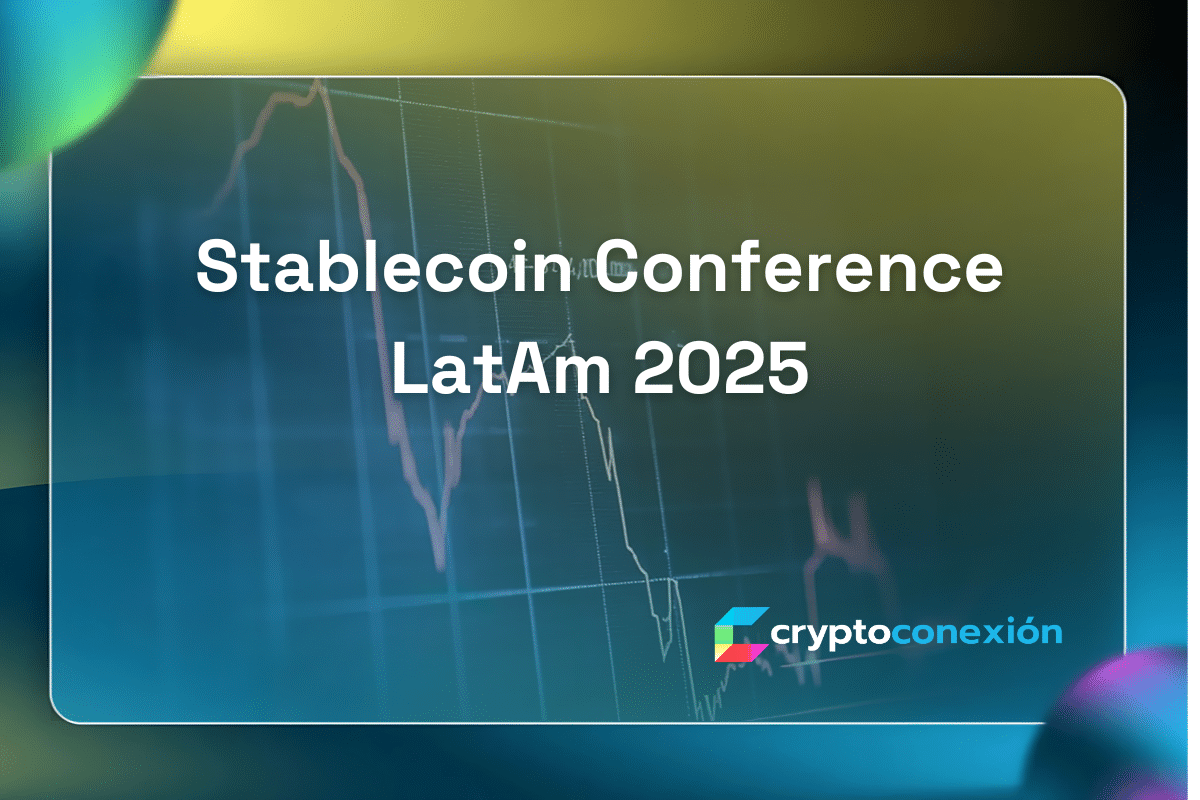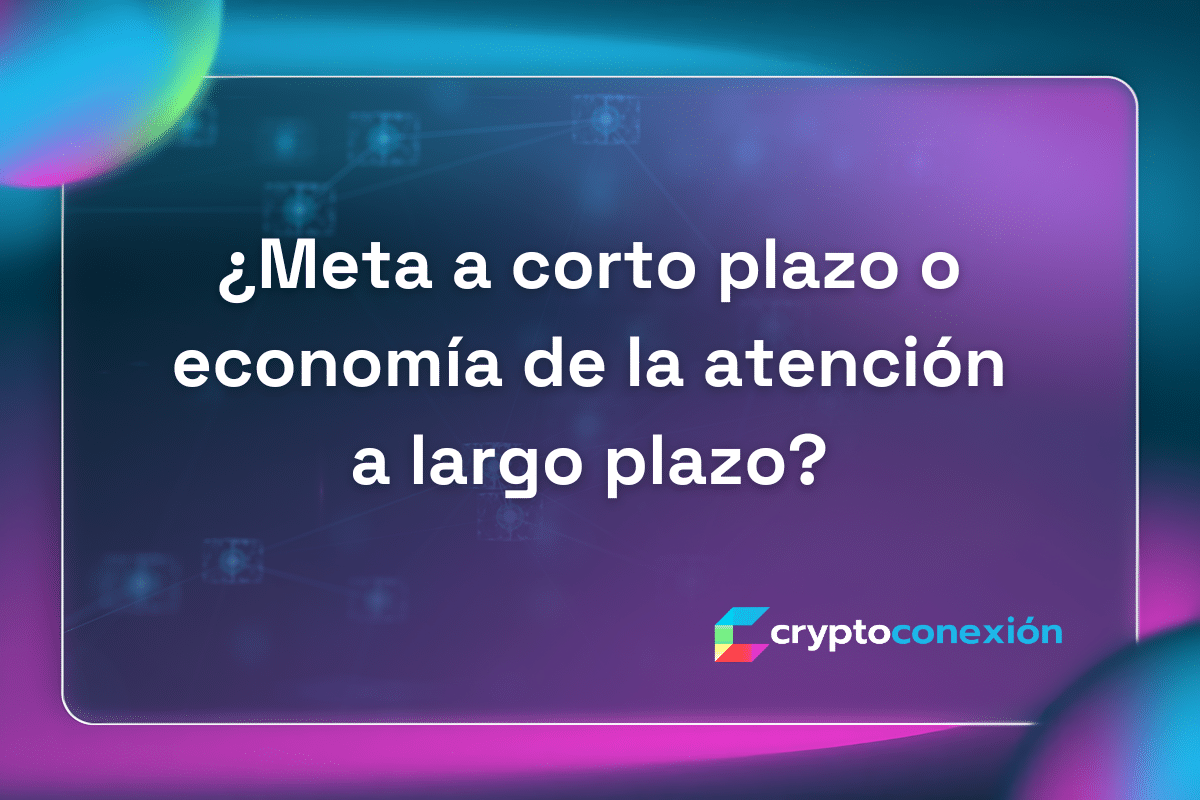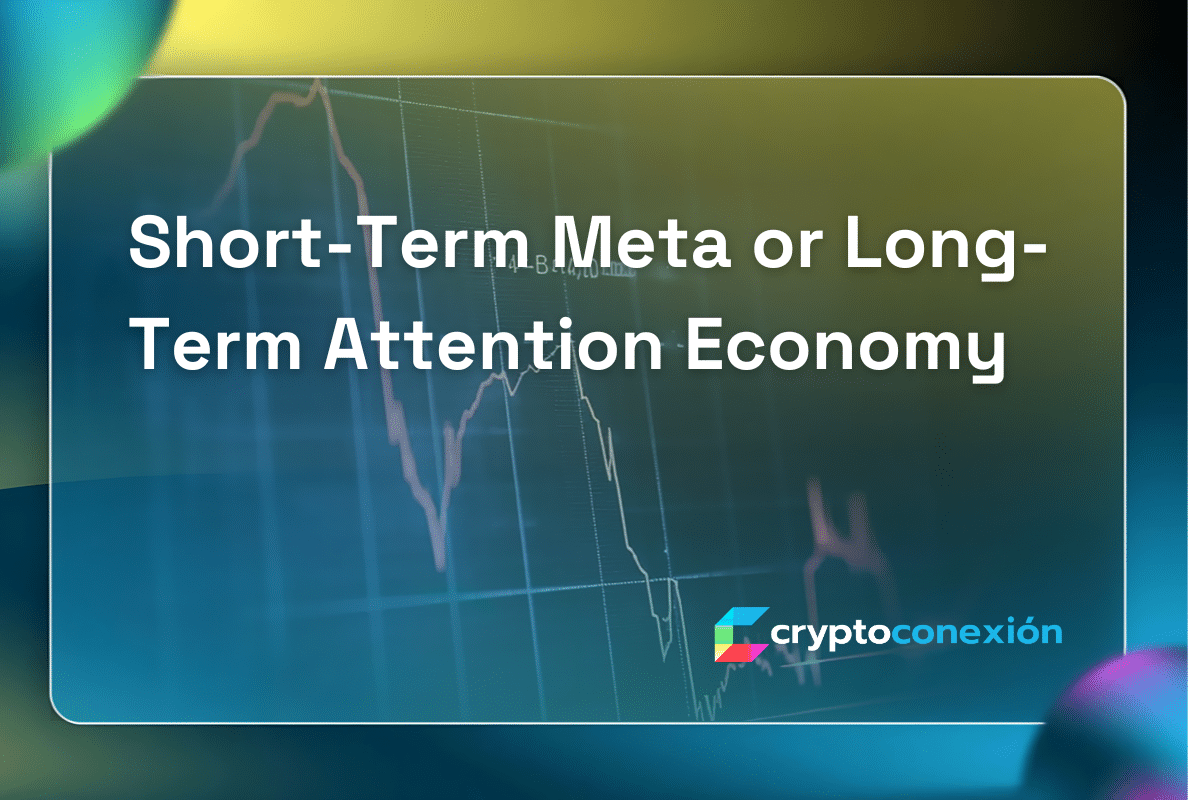For years, stablecoins have existed in a regulatory and financial gray zone — adjacent to the traditional system but never quite integrated into it. Today, that’s beginning to change. In Latin America and beyond, stablecoins are no longer just a novel idea; they are being used daily by businesses navigating inflation, cross-border payments, and limited banking access. But widespread adoption won’t come from enthusiasm alone. It needs infrastructure.
Despite progress, the reality is that most regions — Latin America included — are still in the early stages of building a stablecoin-powered economy. And while the promise is enormous, the pieces that make stablecoins truly functional at scale remain underdeveloped. What’s needed now is not another coin — it’s liquidity, interoperability, FX-grade tooling, credit integration, and real-world rails.
Consider the issue of liquidity: In Latin America, we are beginning to see stablecoin liquidity sourced not just from crypto-native players, but also from traditional financial institutions. This is a crucial shift. As pricing between stablecoins and fiat tightens, the comparative advantages of stablecoins — faster settlement, lower fees, programmability — become even more clear. Once pricing reaches parity, stablecoins will no longer be an alternative, they will be the default.
But even the best-priced stablecoin fx won’t be enough if it exists in isolation. Businesses need solutions, not just tokens. In Brazil, for example, stablecoins alone won’t solve the complexities of import-export trade flows. Companies need access to credit, foreign exchange tools, and payment integrations, all working in harmony with the digital asset. Stablecoins must evolve from being a standalone product to becoming a foundational component in broader financial offerings.
This requires rethinking how we build and structure the market, because fragmentation is a real threat. With a growing number of USD-pegged stablecoins, the industry may face unnecessary inefficiencies. Each new token requires its own liquidity pool, creating silos instead of scale. One promising approach is the creation of “USD baskets” — composite assets that pool liquidity and unify pricing. These solutions are complex, but they are key to interoperability and long-term resilience.
We must also acknowledge the shift in how stablecoin companies are operating. The winners in this space will not behave like traditional tech startups. They will build like trading firms. They’ll operate liquidity desks, integrate with payment systems, and serve institutional clients with the same sophistication as a major bank. The future of stablecoins is not on the fringe, it’s at the core of financial services, sitting side by side with Bloomberg terminals and FX dashboards.
Ultimately, the goal is not just to create an alternative — it’s to improve the system itself. When a major Latin American energy company like Pemex begins using stablecoins to manage trading operations, not as a test but as a routine function, we’ll know the transformation is real.
The momentum is here. The interest is growing. But if stablecoins are going to live up to their promise, it’s time to build the financial infrastructure that makes them work — not just in theory, but at scale. The transformational potential in Latin America is so immense that business leaders, regulators, decision-makers, and opinion leaders from around the world will gather on August 27 and 28 in Mexico City for the first Stablecoin Conference LatAm to debate the opportunities and challenges to disrupt the financial landscape across the region. It's through such critical dialogues and collaborations that we will pave the way for stablecoins' full potential.


